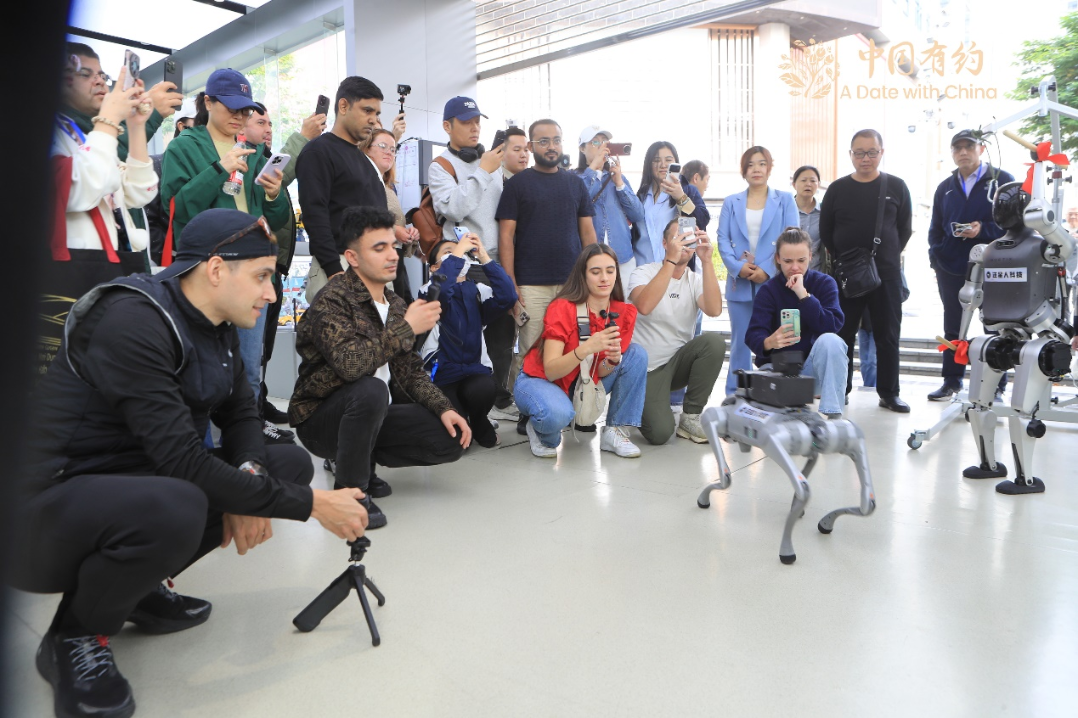Steel group leads way as industry recasts itself


The alliance, initiated by China Baowu, brings together a total of 62 enterprises, colleges and universities, as well as scientific research institutions from 15 countries.
"It is extremely difficult to make the transformation by a single steel enterprise, but it would become possible with the joint efforts of all parties within the steel industry," said Hou Angui, deputy general manager of China Baowu Steel Group.
It is hoped that the alliance, backed by collective research and development resources from global steel enterprises and research institutions, can carry out fundamental, forward-looking low-carbon metallurgical technology development, promote technological collaboration and exchanges, and facilitate the low-carbon transformation of the steel industry, Hou said.
Sanjay Sharma, ArcelorMittal's vice-president and CEO for China unit, said the alliance is a wonderful initiative that will enable global peers across the value chain-upstream, midstream and downstream-to look at which technologies are the most efficient and which should be supported more, as well as how to scale up and quickly implement the use of such technologies.
Wang Guoqing, director of the Beijing Lange Steel Information Research Center, said that the success of the model projects would allow China Baowu Steel to duplicate and expand low-carbon solutions across the group, in order to pave the way for the group to realize its low-carbon ambition.
"China Baowu's investment in scientific research and development is out of the reach of most Chinese steelmakers, and its development and application in low-carbon metallurgy greatly enhance the group's competitiveness and strengths in return," Wang added.
China Baowu's exploitation of low-carbon metallurgy can be traced to 2015, when the steelmaker tried to reduce carbon dioxide emissions by making the gas that was formed during the metallurgical process into products, said Chen, the group's chairman.
3-pronged green actions
Chen categorized China Baowu's green actions into three parts: green manufacturing, green production and green industry.
The two projects in Xinjiang are examples of green manufacturing, while green production means that China Baowu must make products of higher strength, longer service time and better efficiency and performance, with improved design and innovations in the manufacturing process, according to industry insiders.
The steel giant is also looking to turn the entire industry green by using green energy, green production and green finance.
One example was the establishment of a low-carbon metallurgical innovation fund in November that will provide at least 35 million yuan ($5.5 million) annually to support the research and development of low-carbon metallurgy.
Another example is the joint launch of a 50 billion yuan carbon neutrality equity fund by China Baowu, National Green Development Fund Co, China Pacific Insurance (Group) Co, and CCB (China Construction Bank) Financial Asset Investment Co.
Tian, the head of the blast furnace production project, said he had witnessed the extraordinary improvement in the working environment of steelworkers over the years, and over the past decade in particular.
"To work at the blast furnace is regarded as the harshest part of steel manufacturing, be it the high-temperature environment of between 70 and 80 C, the large amount of dust or the extreme noise," Tian said.
But such conditions are no longer the case as a result of China Baowu's continuing pursuit of different technologies.
In 2012, Bayi Iron & Steel introduced a project involving non-blast furnace ironmaking technology. In the ensuing years, the project has not only cut costs and increased production, but has also hugely improved the iron-workers' environment by reducing the amount of time they work under high temperatures to a little more than one hour a day, compared with up to seven hours previously. In addition, dust and noise have been greatly decreased, and certain tasks are now done by robots and automated facilities.
"It is hoped that the hydrogen-enriched carbon recycling blast furnace will further enhance workers' efficiency in the future," Tian said.




































